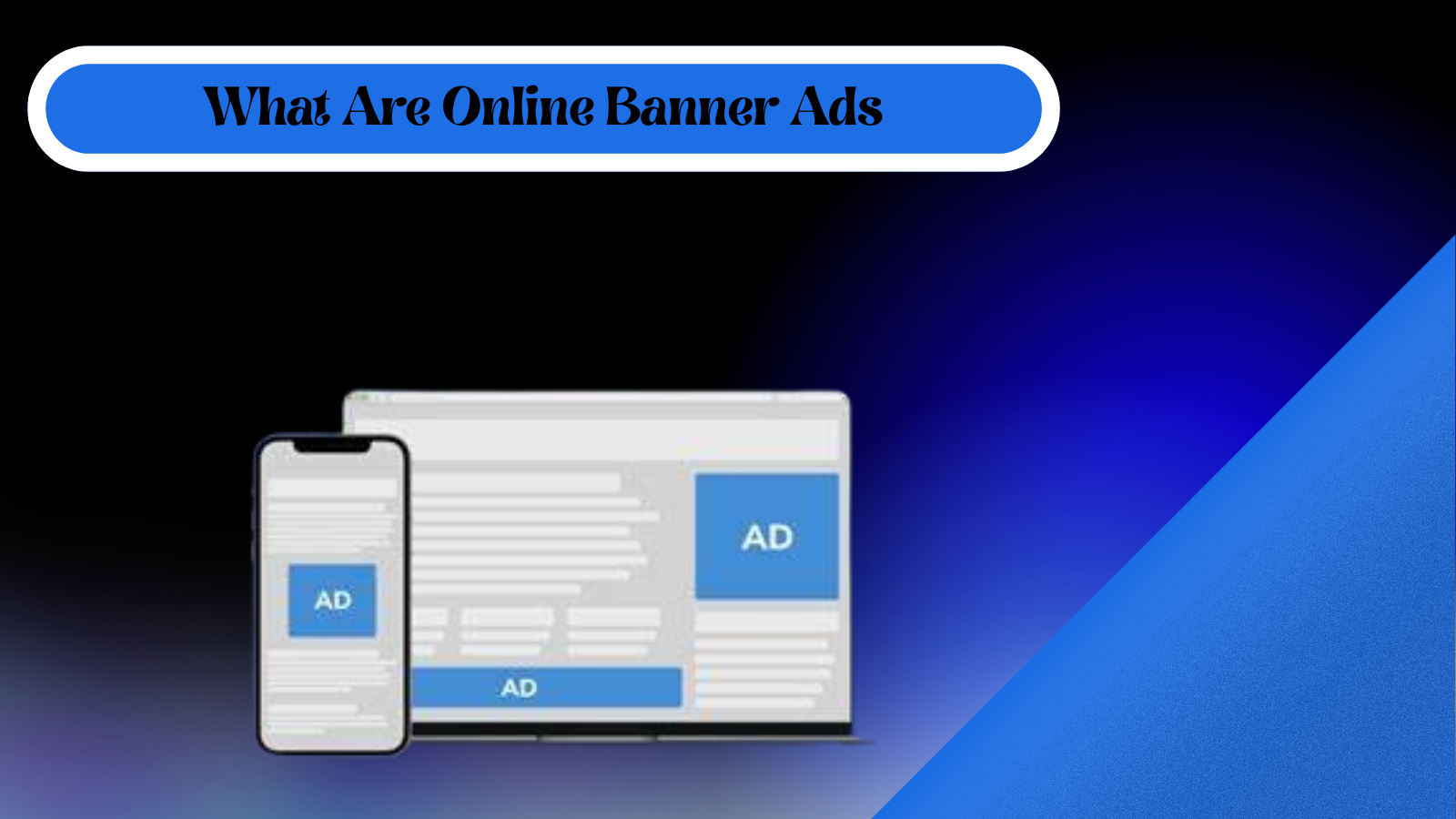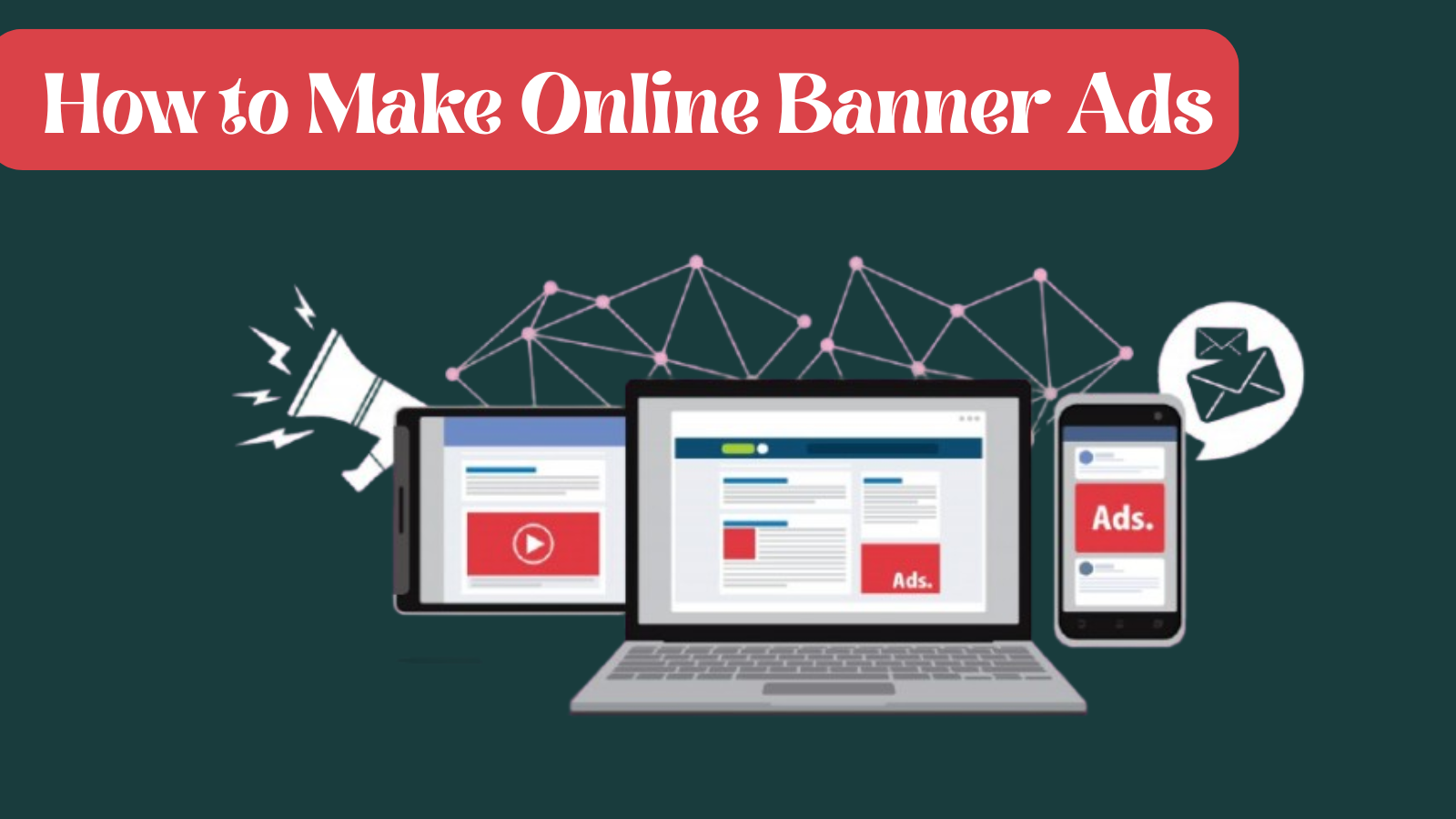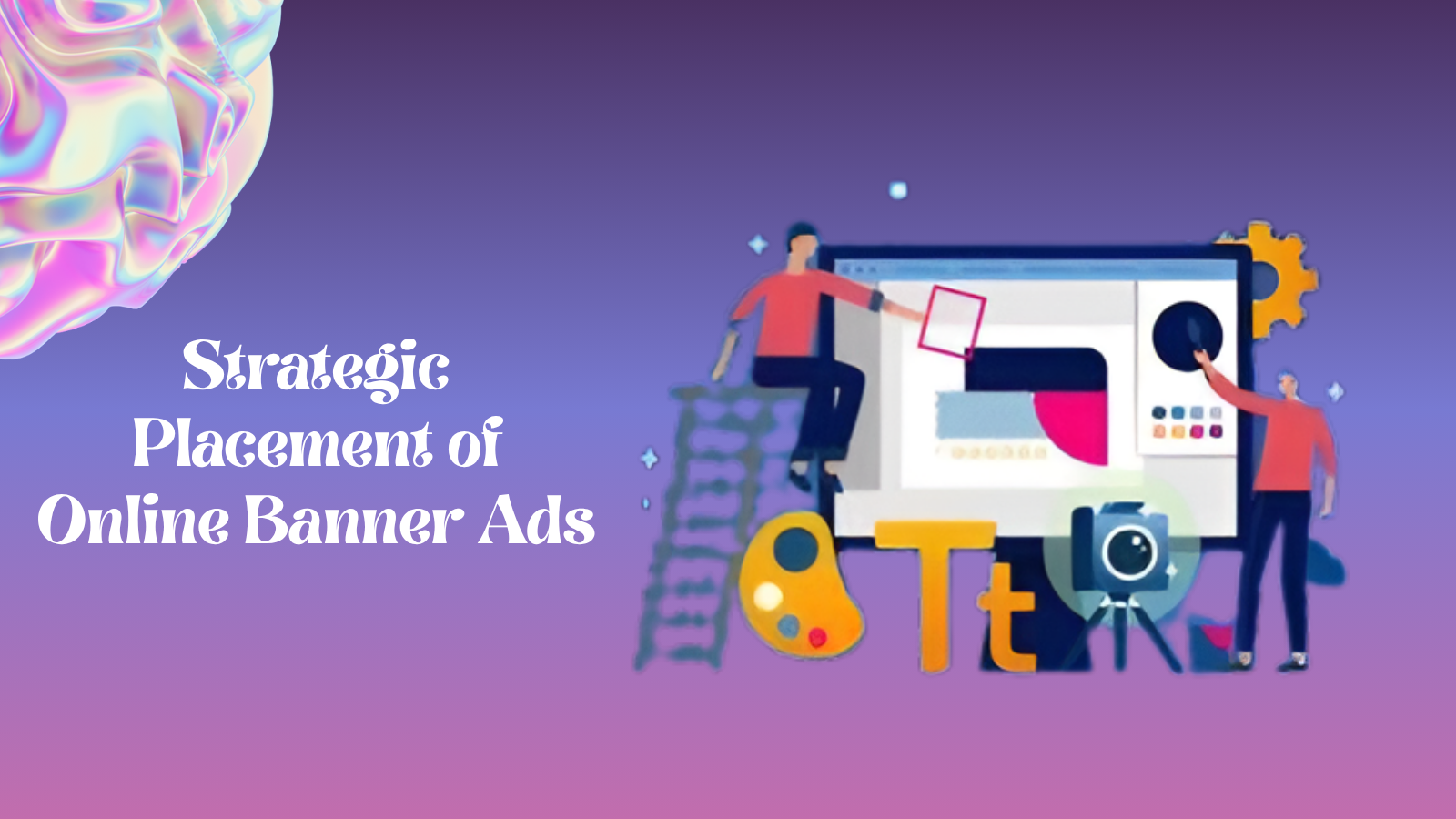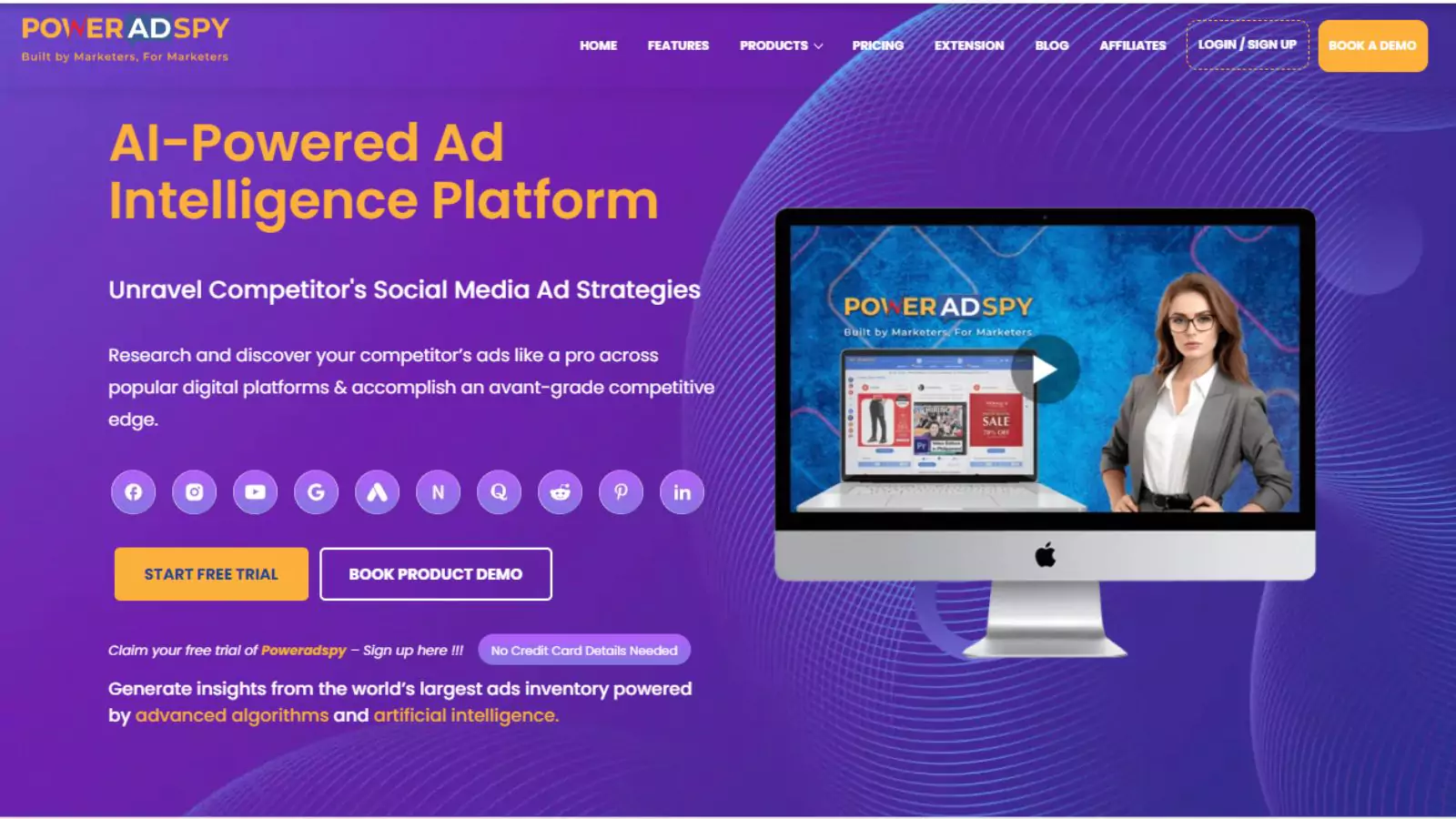How To Create Stunning Online Banner Ads That Sell?
These days, online banner ads are everywhere, from websites to social feeds, vying for our attention alongside videos, posts, and other content. With so much noise online, grabbing a user’s focus is harder than ever. That’s why brands need to go beyond flashy images and craft banner ads that genuinely engage and convert.
When done right, banner ads are more than just digital billboards; they become persuasive touchpoints that guide potential customers down your sales funnel.
But creating high-converting online banner advertisements doesn’t happen by accident. It takes a careful blend of eye-catching visuals, strategic messaging, and placement precision to make your ads stand out. You need to understand your audience, speak their language, and create designs that not only look good but also drive clicks.
Whether you’re running a small business or managing a large campaign, the effectiveness of your banner ads can dramatically influence your results.
In this blog, we’re going to explore everything you need to know to create stunning online banner ads that truly sell. From understanding how they work to mastering design principles, strategic placements, and leveraging the power of ad intelligence tools, we’ve got you covered.
In a hurry? Listen to the blog instead!
What Are Online Banner Ads?
Online banner ads are image-based advertising graphics displayed on websites, usually across the top, side, or bottom of a web page. They are one of the most commonly used forms of digital advertising and aim to drive traffic to a specific landing page. These ads typically contain a mix of visuals, text, and sometimes animations or interactivity to attract users and encourage clicks.
The design, placement, and targeting of online banner advertisements are crucial to their effectiveness. A well-crafted ad can significantly boost visibility, brand recognition, and conversions, while a poorly designed one might get ignored or, worse, annoy potential customers.
How Do Online Banner Ads Work?
To truly harness the power of banner advertising, it’s essential to understand the underlying mechanism. So, how do online banner ads work? In simple terms, they function through ad servers and display networks. When a user visits a website, ad exchanges assess various data points about that user and, through real-time bidding, display the most relevant ad based on targeting criteria set by the advertiser.
These criteria include location, browsing history, device type, and more. Advertisers pay per click (CPC) or per impression (CPM), depending on their campaign goals. This targeted approach makes online Google banner ads incredibly effective for both brand awareness and lead generation.
Also Read:
9 Google Banners Ad Examples That Are Finger Clicking Good
5 Different Types of Online Banner Ads
Not all banner ads are created equal. Choosing the right type of ad for your campaign can significantly influence how your message is received.
Here are the five most common and effective formats marketers use to engage their audiences:
-
Static Banner Ads:
These are the simplest and most widely used form of online banner ads. They consist of a single image, often paired with concise text and a direct call to action (CTA). Static ads are effective for building brand awareness and reinforcing visual identity. Their simplicity ensures quick load times and broad compatibility across platforms.
-
Animated Banner Ads:
Animated banners bring motion into the mix, either through basic GIFs or advanced HTML5 animations. These ads draw attention with movement and are great for telling short, engaging stories. For example, a product might be shown in different use scenarios, helping users understand its benefits quickly.
-
Interactive Banner Ads:
These banners invite users to actively engage. Think quizzes, hover effects, mini-games, or even embedded forms. Interactive online banner ads boost engagement and can collect valuable user data, making them ideal for lead generation campaigns.
-
Expandable Banner Ads:
These start small and grow in size when a user clicks or hovers over them. Expandable ads give advertisers more space to convey their message while maintaining a clean appearance initially. They’re perfect for storytelling, video integration, or showcasing multiple products without crowding the page.
-
Video Banner Ads:
These combine the power of video content with the strategic placement of banner advertising. Whether it’s a quick brand teaser or a mini-demo, video ads are known for higher engagement and message retention. They can run automatically (muted) or offer play options within the banner space.
Using a smart combination of these online banner ads can significantly improve your digital advertising results. Mixing formats helps avoid creative fatigue and ensures your audience remains interested across different platforms and placements.
Also Read:
Why Your Business Needs To Consider Banner Ads?
How to Make Online Banner Ads?
So, how to make online banner ads that truly sell? It all starts with a smart, step-by-step process that balances creativity with strategy. Let’s break it down in detail:
-
Define Your Objective:
Before jumping into design or messaging, identify what you want your banner ad to achieve. Are you looking to drive traffic to a landing page? Promote a seasonal sale? Boost newsletter signups? Your objective will shape every other decision you make, from visual elements to ad placement.
-
Know Your Audience:
Great ads speak directly to the people they’re meant for. Use data from customer surveys, social media insights, and web analytics to create detailed buyer personas. Understand their preferences, pain points, and what kind of visuals or language they respond to best.
-
Keep It Simple and Focused:
Don’t overwhelm users with too much information. Stick to one clear message. Choose fonts that are easy to read and use ample white space so your design doesn’t feel crowded. Simplicity not only looks cleaner but also drives better performance.
-
Use High-Quality Visuals:
A blurry or generic image can immediately turn off potential customers. Invest in original graphics or high-resolution photos that align with your brand’s tone. Make sure the visuals are mobile-friendly since many users will view your ads on smaller screens.
-
Craft a Compelling CTA:
Your call to action is the gateway to conversions. Make it pop with contrasting colors and actionable language. Shop Now, Download Free Guide, or Start Your Trial are all effective CTA examples that create urgency and interest.
-
A/B Testing for Optimization:
Never settle for the first version of your ad. Run multiple variations with small differences, such as button color, text placement, or background image, and see what performs best. A/B testing allows you to continuously improve your campaign based on actual performance data.
-
Align Design with Brand Identity:
Every element, from colors and typography to tone and imagery, should reflect your brand. This consistency builds trust and ensures that your online banner ads feel familiar and authentic, even if someone is seeing your brand for the first time.
-
Ensure Fast Load Times:
Optimize image sizes and limit heavy animations to make sure your ads load quickly. Slow-loading ads not only frustrate users but also lead to lower engagement and wasted impressions.
-
Use Responsive Designs:
With users browsing from desktops, tablets, and smartphones, your ads must look great on all screen sizes. Responsive banner ads adjust automatically to different formats and resolutions, increasing their overall reach and effectiveness.
Creating powerful online banner ads requires a mix of smart planning, technical know-how, and creative flair. When all these elements come together, you get ads that not only attract attention but also encourage users to take meaningful action.
Strategic Placement of Online Banner Ads
Placement significantly affects the performance of your online banner advertisement. A well-designed ad can go unnoticed if it’s in the wrong spot, while a strategically placed banner can drastically boost engagement.
Here are four strategic locations to consider:
- Above the Fold:
Placing your ad at the top section of the webpage ensures it’s visible without scrolling. This premium real estate captures immediate attention, which is especially effective for limited-time offers, promotions, or announcements.
It’s one of the most competitive and high-performing ad spaces available. - Sidebar Placement:
Sidebar placements are ideal for retargeting ads or supplementary promotions. While they may not always grab immediate attention, they maintain consistent visibility as users scroll.
This placement works well for branding or long-term exposure and is often used in content-heavy websites where users spend more time navigating. - In-Content Ads:
Embedding online banner ads within the content itself makes them feel more natural and less intrusive. These ads can blend into blog posts, news articles, or editorial pieces and tend to have higher engagement rates because they’re consumed in the flow of content. Relevance to the article’s topic can significantly boost click-through rates. - End-of-Page Banners:
These banners target users who scroll through the entire page, an audience already showing a high level of interest. Because these users are engaged, end-of-page banners are great for promoting related offers or encouraging next steps, such as newsletter sign-ups or product recommendations.
Combining strategic placement with strong design elements maximizes ad visibility, improves user interaction, and ensures your online banner advertisement gets noticed by the right audience at the right time.
Also Read:
Importance Of Using An Ad Spy Tool
How Ad Intelligence Software is Useful in Making Online Banner Ads?
Using ad intelligence software can significantly boost the performance of your online banner ads. These tools collect data on competitors’ ad strategies, helping you understand what’s working in your niche.
Here’s how it helps:
- Competitor Insights:
You can see which banner ads online your competitors are using, what platforms they’re on, and how successful they are. This data can inform your strategy. - Trend Analysis:
Stay updated on the latest trends in ad design, including formats, visuals, and calls to action (CTAs).
Identify which styles are gaining traction in your niche and adapt accordingly.
Keeping your ads fresh and relevant helps capture audience attention more effectively. - Performance Benchmarking:
Use ad spy tools to measure your ad performance against industry standards and competitors.
Track metrics like CTR, impressions, and engagement to assess campaign success.
These benchmarks help you make informed, data-driven improvements over time. - A/B Testing Ideas:
Discover high-performing ad examples from within your industry using spy tools.
Analyze their headlines, visuals, and CTAs to inspire your test variations.
This approach boosts the effectiveness of your A/B tests and improves conversion rates.
Popular tools like PowerAdSpy can help you uncover these insights easily and quickly. By leveraging this information, you can avoid costly trial-and-error and go straight to high-converting ad strategies.
What PowerAdSpy Can Do?
One of the best tools available in the market today for analyzing high-performing ads is PowerAdSpy. This robust ad intelligence software takes online advertising banner ads to the next level by offering data-backed insights for success.
Here’s how PowerAdSpy can help you create stunning online banner ads:
- Filter By Ad Positions:
You have full control to research ads based on their placement, like News Feed or Side Location. Analyze which positions perform best in your niche for better conversions. - Data of Millions of Ads from 100+ Countries:
With an expansive database, PowerAdSpy empowers you to find successful and trending ads from more than 100 countries, updated daily. - Narrow Down Your Searches:
Target specific niches, advertisers, or domains. You can even view a competitor’s complete ad library for deeper insights. - Powerful Search Algorithm:
Search for ads using keywords or phrases, then sort them by engagement metrics like shares, likes, and comments. - Call to Action-Based Sorting:
Analyze which CTAs are most effective in your industry. PowerAdSpy lets you filter ads by CTA type to find what works best. - GEO-targeted Intelligence:
Discover where your competitors are targeting geographically, helping you refine your ad campaigns with more precision.
By leveraging PowerAdSpy, you gain a comprehensive toolkit to elevate your online banner ads strategy with minimal guesswork and maximum impact.
Conclusion
Creating stunning online banner ads that sell isn’t just about eye-catching design. It’s about combining compelling visuals, concise messaging, strategic placement, and data-driven decision-making.
From understanding the basics to leveraging advanced tools like ad intelligence software, this guide has walked you through every crucial aspect. Remember, the key to success is constant testing and optimization. Use competitor insights, experiment with formats, and never stop improving your campaigns.
With a thoughtful strategy and the right tools, your banner ads can go from being just another image on a webpage to a powerful revenue-driving asset.
FAQs
1. What Are the Most Common Mistakes to Avoid When Designing Online Banner Advertisements?
Ans. Understanding what not to do is just as important as knowing best practices. Common mistakes include cluttered designs, weak CTAs, misleading messages, using poor-quality images, and neglecting mobile responsiveness. These errors can lead to low engagement and wasted ad spend.
2. How Do You Measure the Success of an Online Banner Ad Campaign?
Ans. Success isn’t just about impressions—it’s about results. Key performance indicators (KPIs) include click-through rate (CTR), conversion rate, cost per acquisition (CPA), and return on ad spend (ROAS). Monitoring these metrics helps determine whether your banner ads are truly driving value or need optimization.
3. How Long Should You Run a Banner Ad Before Analyzing Its Performance?
Ans. Timing is key to effective optimization. This FAQ could explain the ideal duration for collecting meaningful data, when to refresh creative, and how to interpret early vs. long-term metrics. Many advertisers pull the plug too early or wait too long without adjusting.












